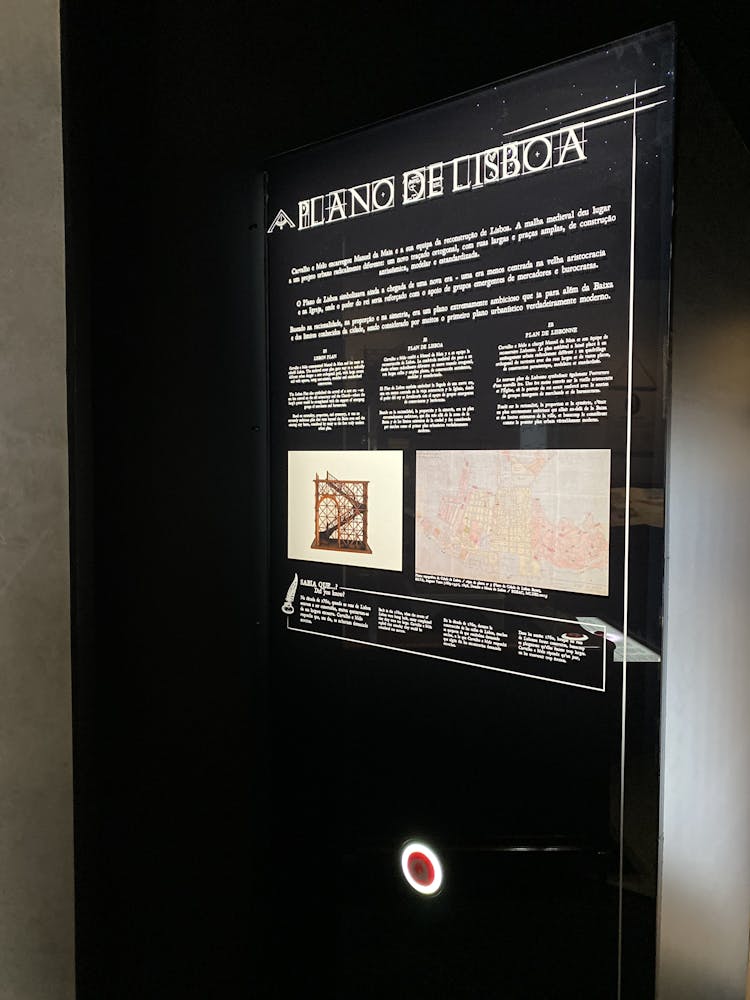Share
It is only natural that enslaved people would be sensitive to the issue of the destruction of houses, since they usually were the ones to build them. Many enslaved women—accustomed to physical exertion and working in appalling conditions—played a decisive role in the earthquake and were essential witnesses to the disaster, even if their voices remain a mystery as there are not many written sources on the subject. It was enslaved women who poured lime, pitch, and tar on the corpses to prevent epidemics. They helped transport a large number of sick and wounded. It was largely enslaved women who—from the sailcloth stored in the royal warehouses and the cloth sails of the ships in the Ribeira das Naus shipyards—contributed greatly to the construction of the many tents that served to shelter the victims of the 1755 earthquake. At the time, people were able to count about 9,000 tents erected in the wake of the great disaster. It is probable that most of these tents were built by enslaved people.
In fact, slavery deeply characterised the city of Lisbon in the 18th century. It was easy to come across advertisements or auctions involving the sale of enslaved people. The most widely read periodical called Gazeta de Lisboa, in one of its issues in 1727, announced the sale of a woman, specifying her origin, her characteristics, and the location of the sale. Some enslaved people were called “boors”, a name given to those who had just arrived from Africa. Boor referred to the ignorance of European customs and forced these men and women to lead a marginal and inhumane existence. They were usually assigned to perform very strenuous or dangerous work, such as cleaning the streets or carrying garbage to the dump.
On the other hand, there were also enslaved people who were already familiar with the customs of the kingdom and with the Portuguese language, who knew how to read, or were trained in certain trades. They were cooks, carpenters, sculptors, and musicians. But this semblance of social mobility was restricted mainly to the possibilities of subsistence or earnings because, legally speaking, enslaved people depended on their masters to marry, acquire property, and travel. Besides, it was common for masters to give them some freedom of employment. They would trade in the Tents of Rossio, the different squares of the city, or in the Ribeira. As long as they gave a portion of the income to the masters, they could keep a portion of the profits for themselves. The masters also rented their workers by the day, to build houses or to do any kind of physical work or sometimes more skilled work.
Many enslaved people served in the palaces of aristocrats or in the houses of merchants. Enslaved women who were closest to high-status women enjoyed a more comfortable life and—at a time when master’s paternalism ended up making servants and enslaved workers part of the family—the boundaries between slavery and family relationships were less and less clear. Nevertheless, even when enslaved workers were set free, they were sometimes ostracised. This was the case for a famous confectioner in Lisbon of African descent. Even though his family had lived in the kingdom for several generations, that did not stop the other confectioners from persecuting him, even after a city court ordered his protection. High-status Lisboetas preferred to have enslaved workers as servants because they were more dependent and subject to law and customs. Many enslaved workers lived in terror of being sent to the mines of Brazil as life expectancy was seven years and conditions were atrocious. However, demand was very high for most of the 18th century as they could easily be bought on credit, with the assurance of future gold revenues serving as collateral. The masters often fed these men and women poorly and were forbidden to give them silk clothing, in order to highlight the differences in social status.
IN SALA DOS CONTOS:
Enslaved woman sold via an ad published in the Lisbon Gazette, a local news pamphlet. She narrates:
- I was born in Cacheu, was separated me from my family, and brought to Lisbon. My mistress is the wife of a rich merchant. I am lucky I was not sent to Brazil to the mines, and my mistress enjoys reminding me of my “luck”. People that work in the mines are worked to death. The priest gave me a different name, told me to forget my own. I started in the kitchen with the other girls. We take the dirty water to the river every morning. The streets are filthy, smelly and cold, but we sing all the way to warm our bodies and our souls.
- I sell food in the streets of the city. Sometimes, I’m paid for cleaning and painting houses with lime. I have to give my mistress a part of what I earn, but I keep the rest to buy clothes and food. The day of the earthquake, I saw desperate people fleeing, ignoring the dead and wounded that were agonising in the streets. Many people ran to the higher parts of the city, climbing through the heaps of ruins.
- In the days after the earthquake, we all helped each other—slaves and masters, friends and enemies, and anyone who survived. So much death around us! But pretty soon the slaves were ordered to pour lime, pitch, and tar onto the corpses to prevent epidemics. It was brutal work. We also took canvas from the royal warehouses and sails from ships to make tents for the survivors to protect them from the rain. We built more than 9,000 tents, but it still wasn’t enough for all the homeless people I saw in the squares and at convent gates.
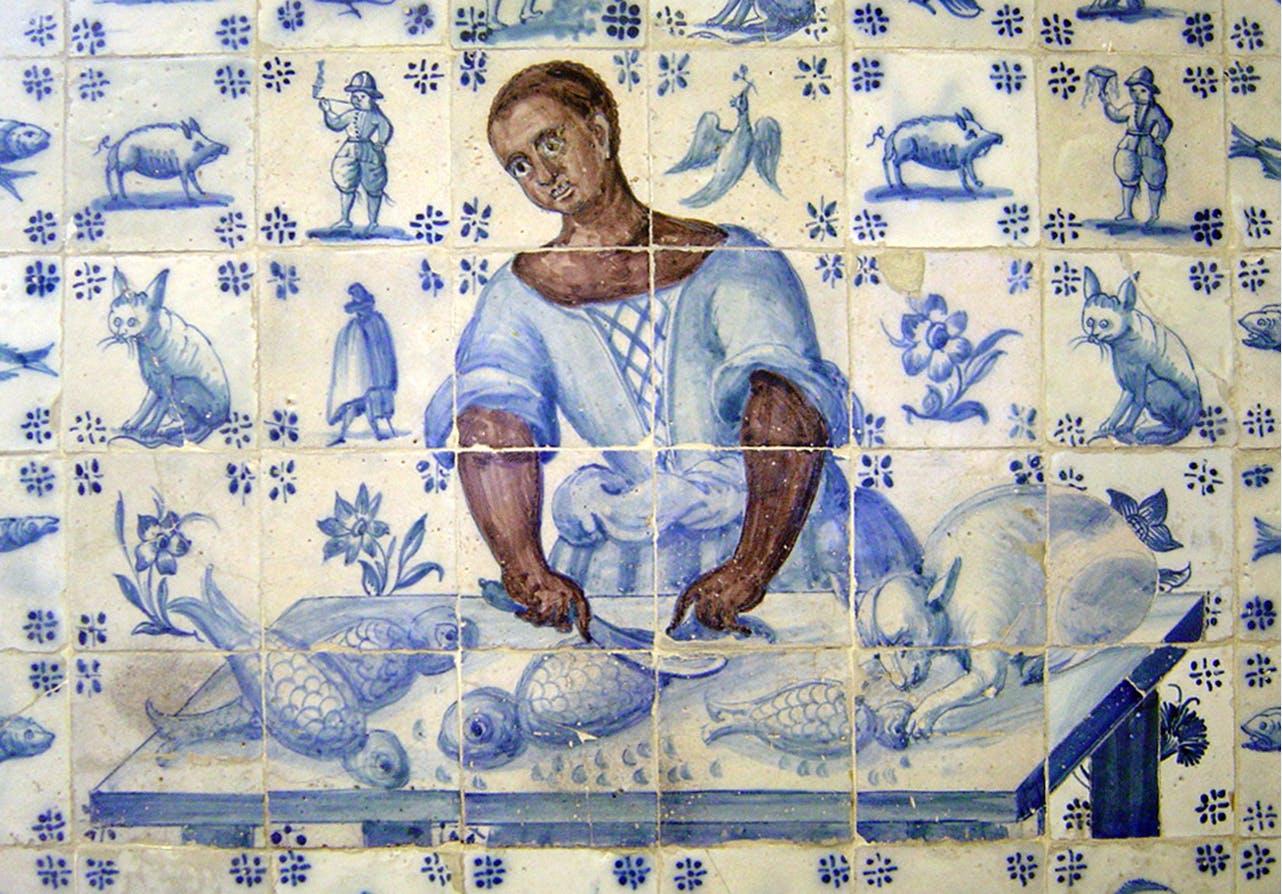
The legislation on the relief of taxes on fish, decreed by Sebastião José de Carvalho e Melo in the days immediately after the catastrophe, certainly favoured the sale of seafood and the small trade of fried fish. With the roads blocked, going out to the sea was vital to prevent famine in the days following the earthquake. The black women who lived off this small trade played a decisive role here, which historiography has not yet recognised, despite obvious proof.
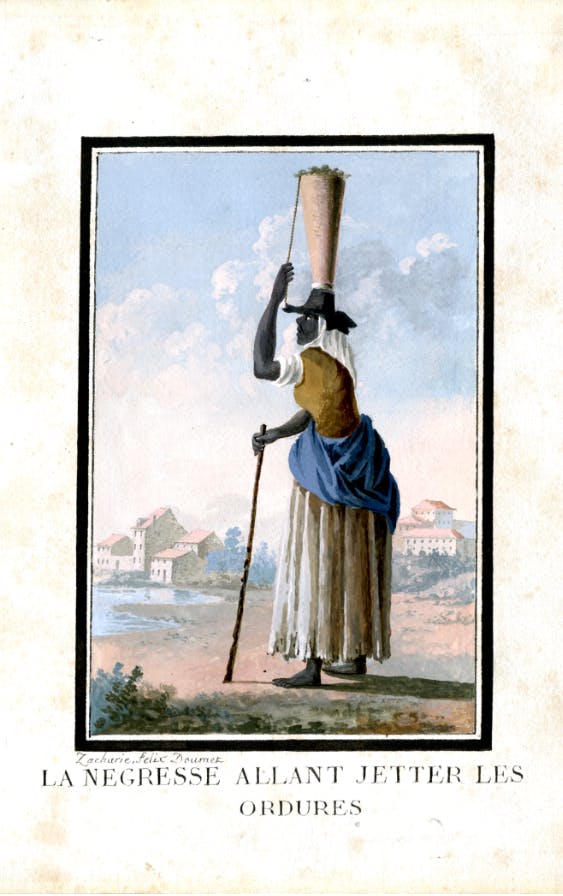
Every day, enslaved women carried dirty water and rubbish from houses out to the beaches in Alfama, Ribeira and Boa Vista, they were called “calhandreiras” because of the large, tall ceramic pots they carried, the "calhandro". Such hard and exhausting work was essential for the control of epidemiological diseases, as Lisbon had no sewage system.
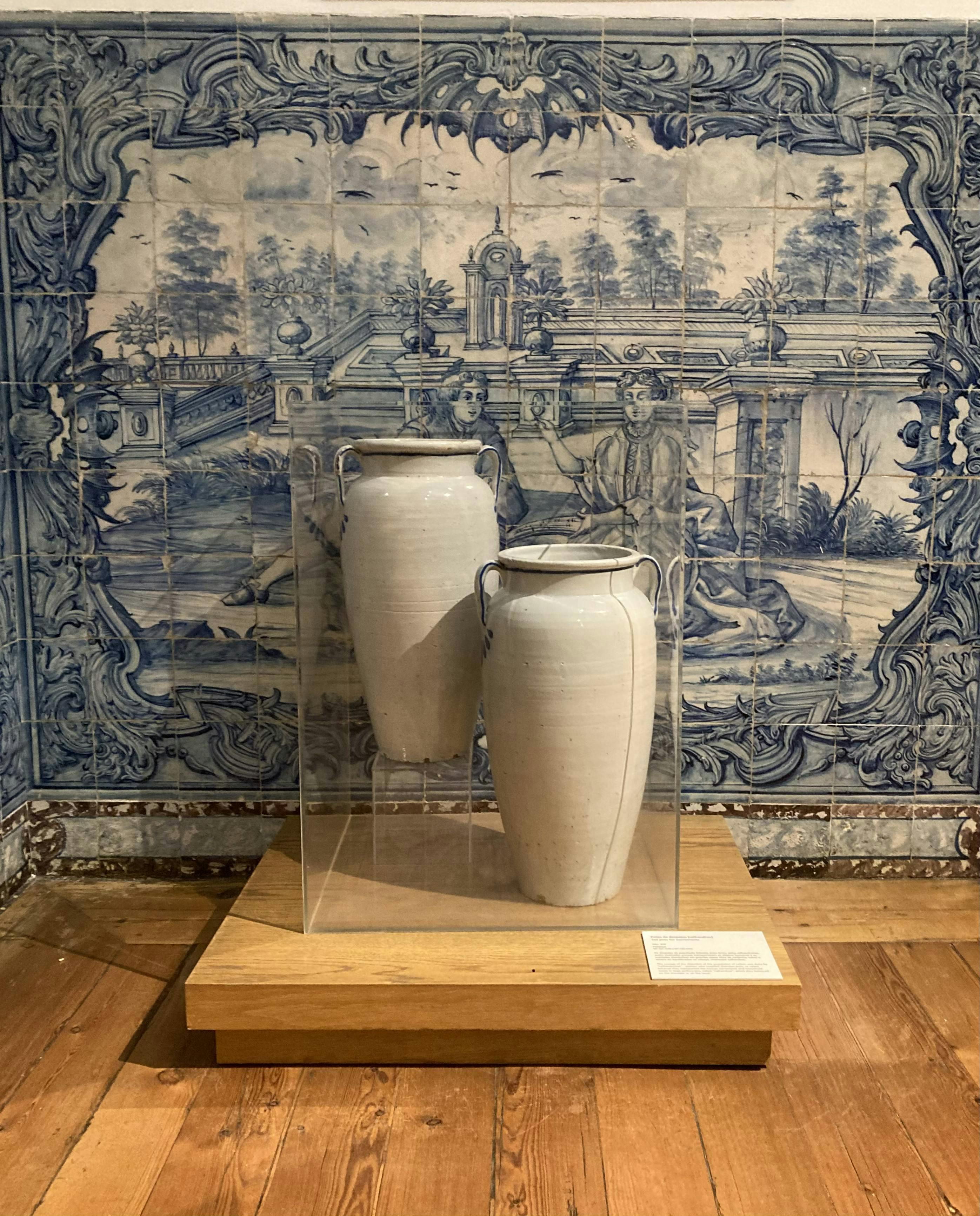
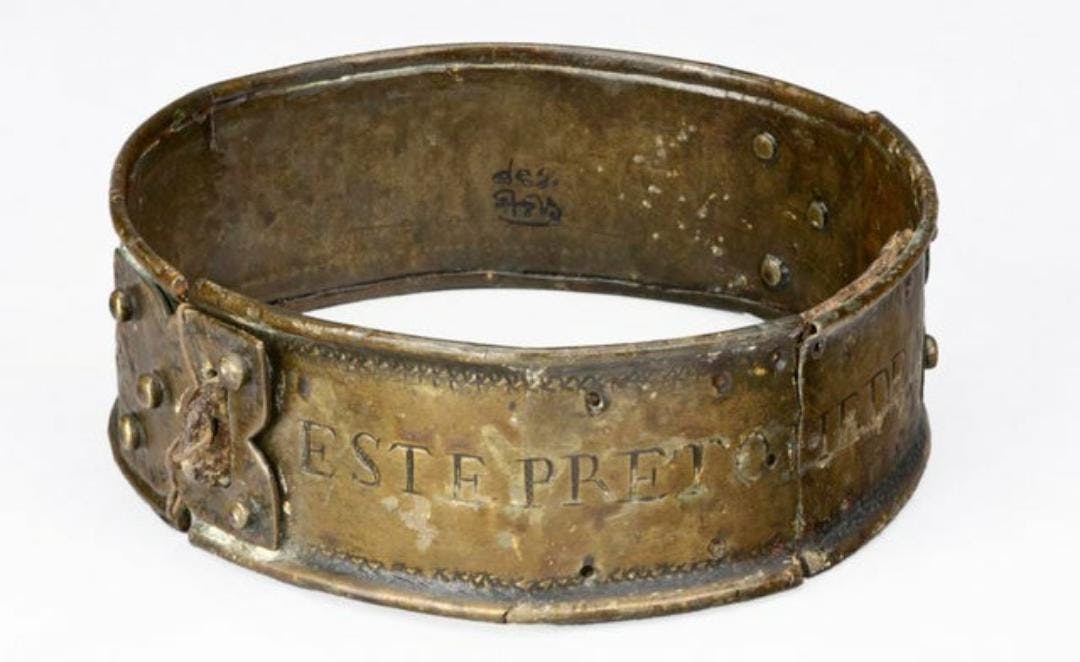
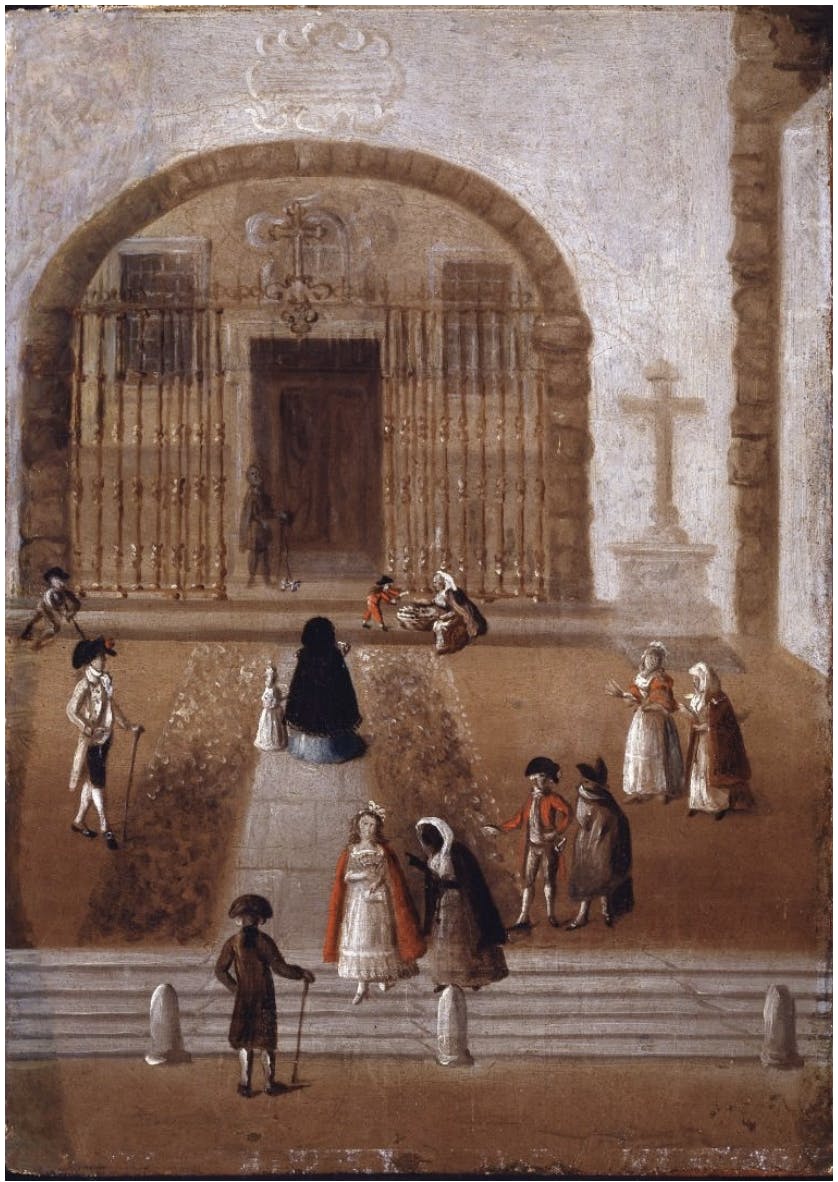
"A black maid, probably “forra” (free), accompanies her mistress on her way to church, ensuring her intangibility. Accompanying the employers on their journeys was also a common task performed by Africans, men and women, dependent and living in the same domestic space." in Mulheres Africanas: O Discurso das Imagens (Séculos XV-XXI), Isabel Castro Henriques.
Continue Exploring
José Saramago, “Viagem a Portugal”, Porto Editora, 1981
Bibliography
Laird W. BERGAD, «After the Mining Boom: Demographic and Economic Aspects of Slavery in Mariana, Minas Gerais, 1750-1808», Latin American Research Review, vol. 31, no. 1, 1996, pp. 67–97, http://www.jstor.org/stable/2503848
Charles Ralph BOXER, Race relations in the Portuguese empire, 1415–1825, Oxford University Press, 1963.
Charles BROOKS,Disaster at Lisbon: The great earthquake of 1755, Longley Press, 1994.
Robert CONRAD, Children of God's fire: A documentary history of black slavery in Brazil, Princeton University Press, 1983.
Jorge FONSECA, Escravos e Senhores na Lisboa Quinhentista, Colibri, 2010.
Gilberto FREYRE, The Masters and the Slaves, Knopf, 1946.
Júnia Ferreira FURTADO, Chica da Silva, A Brazilian Slave of the Eighteenth Century, Cambridge University Press, 2014.
Sandra Lauderdale GRAHAM, «Writing from the margins: Brazilian slaves and written culture», Comparative Studies in Society and History, v. 49, n. 3, 2007, pp. 611–36.
Isabel Castro HENRIQUES, Mulheres Africanas: O Discurso das Imagens (Séculos XV-XXI), Secretária de Estado para a Cidadania e Igualdade, Alto Comissariado para as Migrações-Associação Batoto Yetu Portugal, 2019.
Didier LAHON e M. Cristina NETO, Os Negros em Portugal, Sécs. XV a XIX, Catálogo da Exposição, Comissão Nacional para as Comemorações dos Descobrimentos Portugueses, 1999.
Herbert S. KLEIN e Francisco Vidal LUNA, Slavery in Brazil, Cambridge University Press, 2009.
Patrícia Ferraz de MATOS, As Cores do Império. Representações Raciais no Império Colonial Português, Instituto de Ciências Sociais, 2006.
Kátia Q. MATTOSO, To be a slave in Brazil, 1550–1888, Rutgers University Press, 1986.
Orlando RIBEIRO, Aspectos e problemas da expansão portuguesa, Junta de Investigações do Ultramar, Estudos de Ciências Politicas e Sociais, nº 59, 1962.
A. J. R. RUSSEL-WOOD, «Iberian expansion and the issue of black slavery: Changing Portuguese attitudes, 1440–1770,AmericanHistoricalReview, v. 83, n. 1, 1978, pp. 16–44.
Stuart B. SCHWARTZ, «Resistance and accommodation in eighteenth-century Brazil: The slave's view of slavery», Hispanic American Historical Review, v. 57, n. 1, 1977, pp. 69–81.
James H. SWEET, Recreating Africa: Culture, kinship and religion in the African-Portuguese world, 1441–1770, University of North Carolina Press, 2003.
José Ramos TINHORÃO, Os Negros em Portugal. Uma Presença Silenciosa, Caminho, 1988.
Mary Wilhelmine WILLIAMS. «The treatment of negro slaves in the Brazilian empire: A comparison with the United States of America», Journal of Negro History, v. 15, n. 3, 1930, pp. 315–336.
Show other RFID points
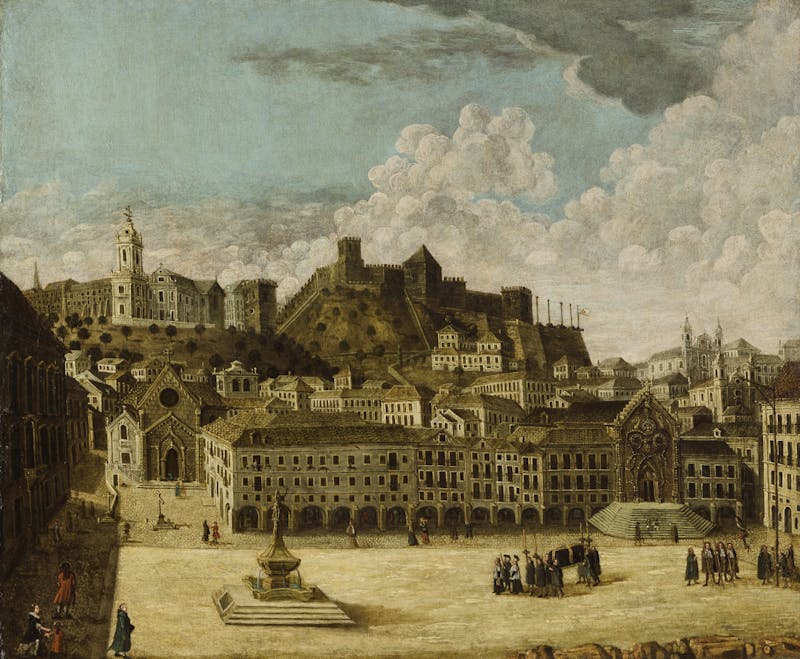
Lisbon 1755 - A city of contrasts
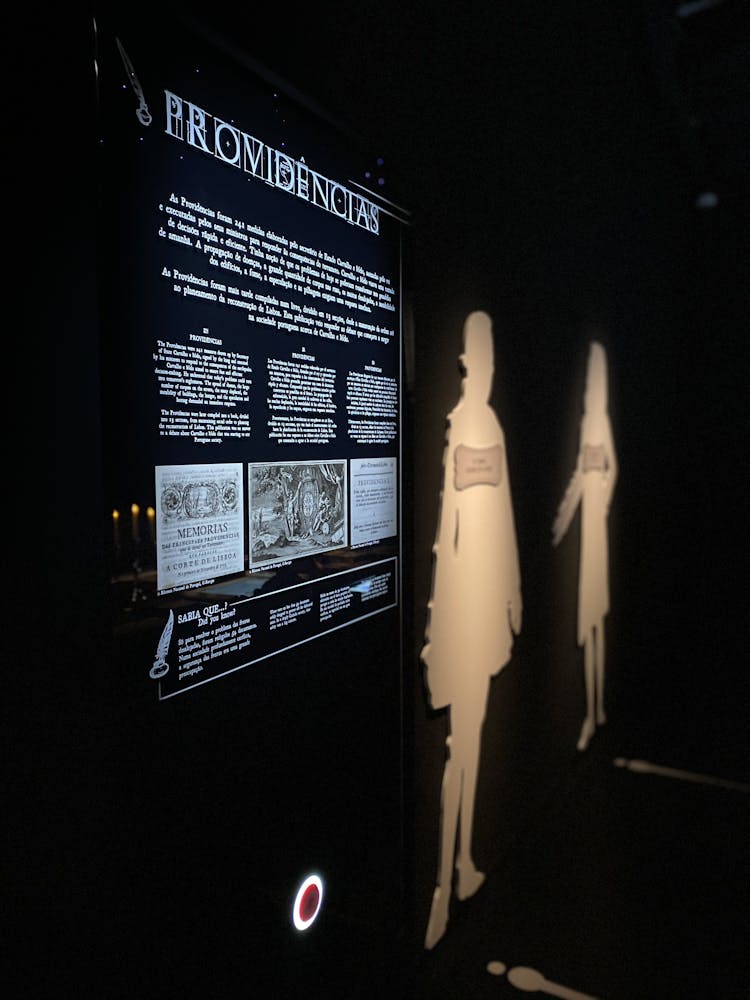
Providências

The German merchant
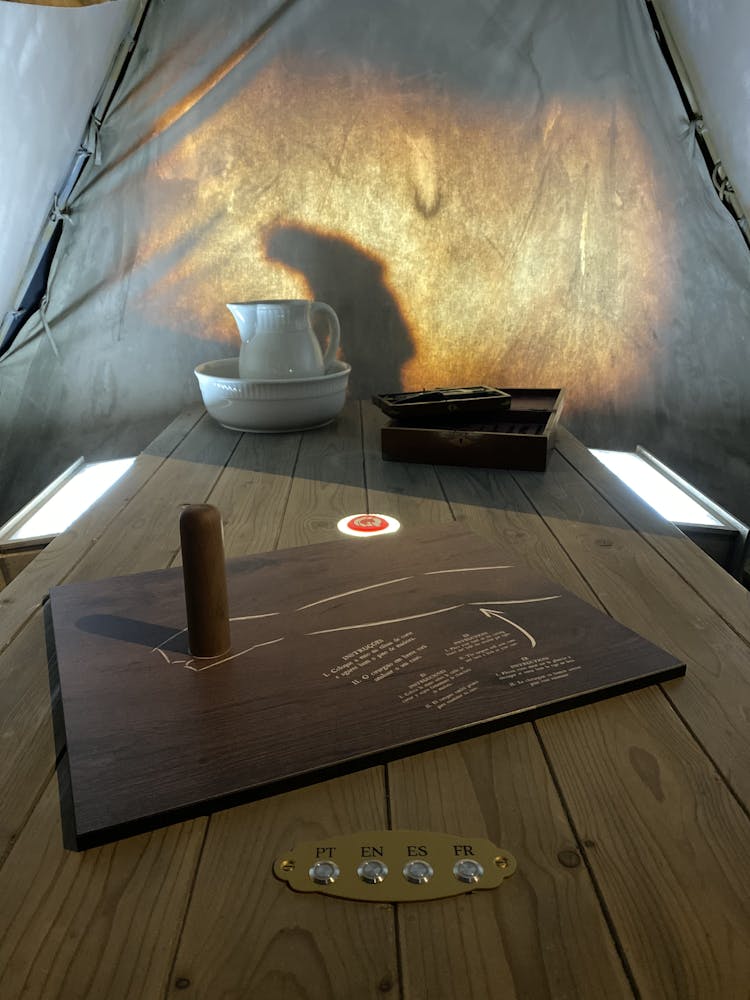
Surgeon Bleeding Barber
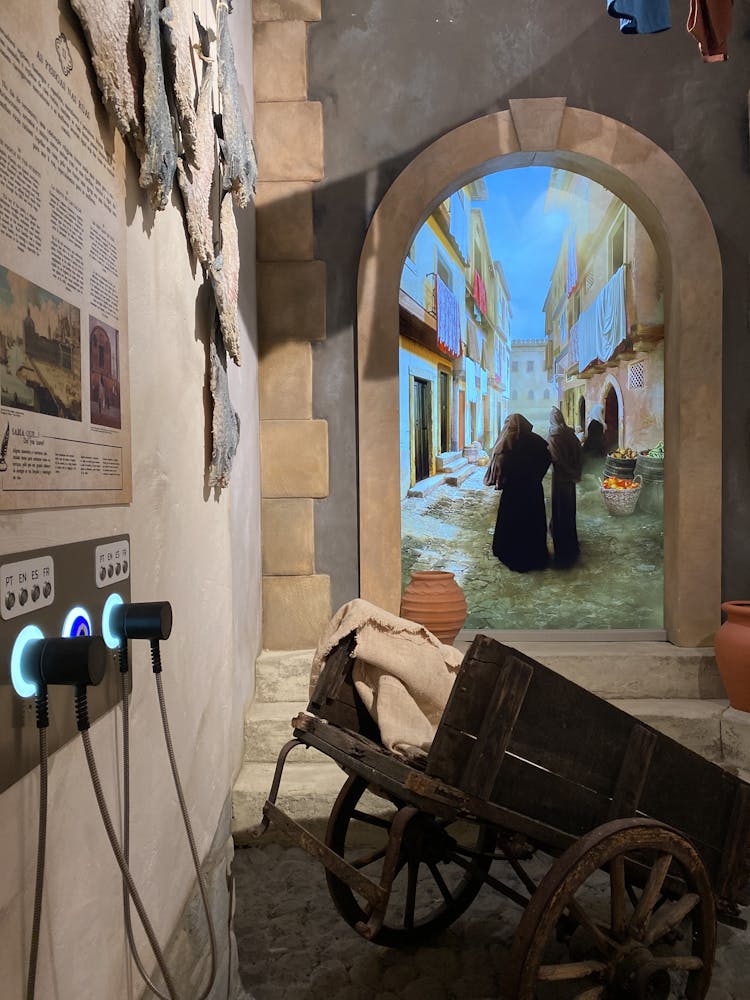
The people in the streets
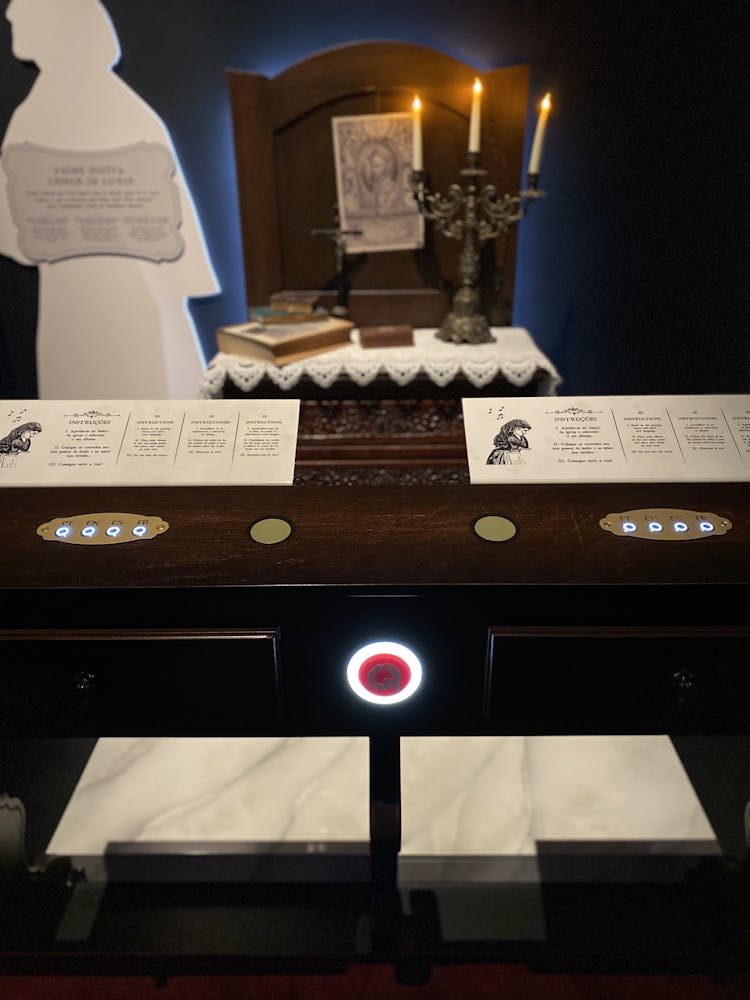
Jesuit book censor Priest
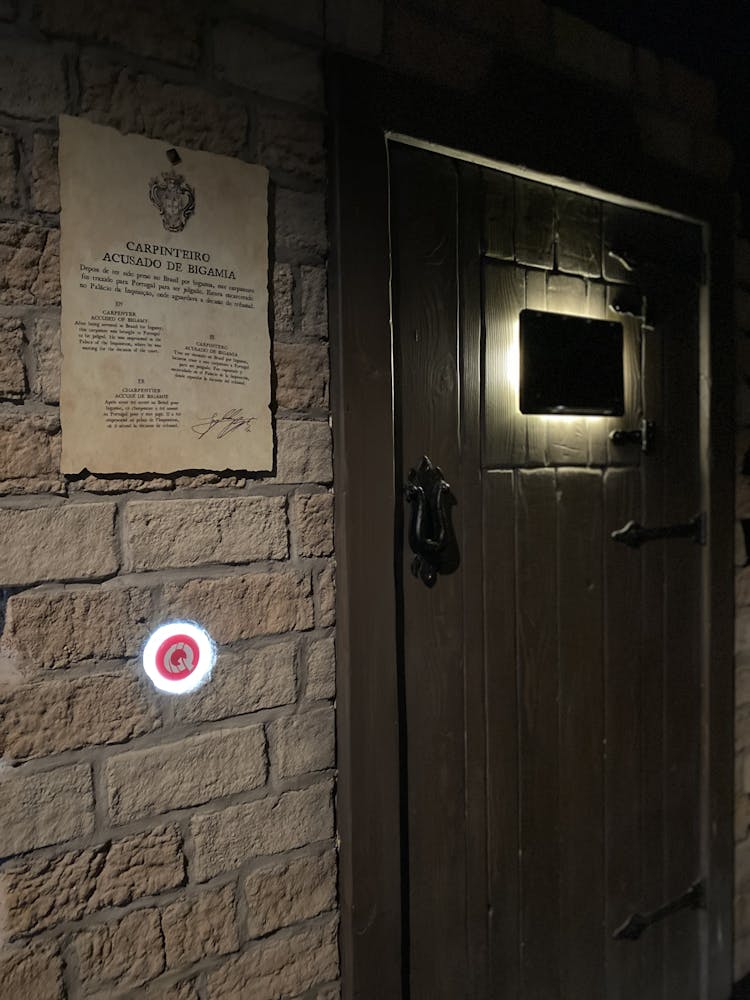
Carpenter accused of bigamy

Tectonic Plates and Moving Plates
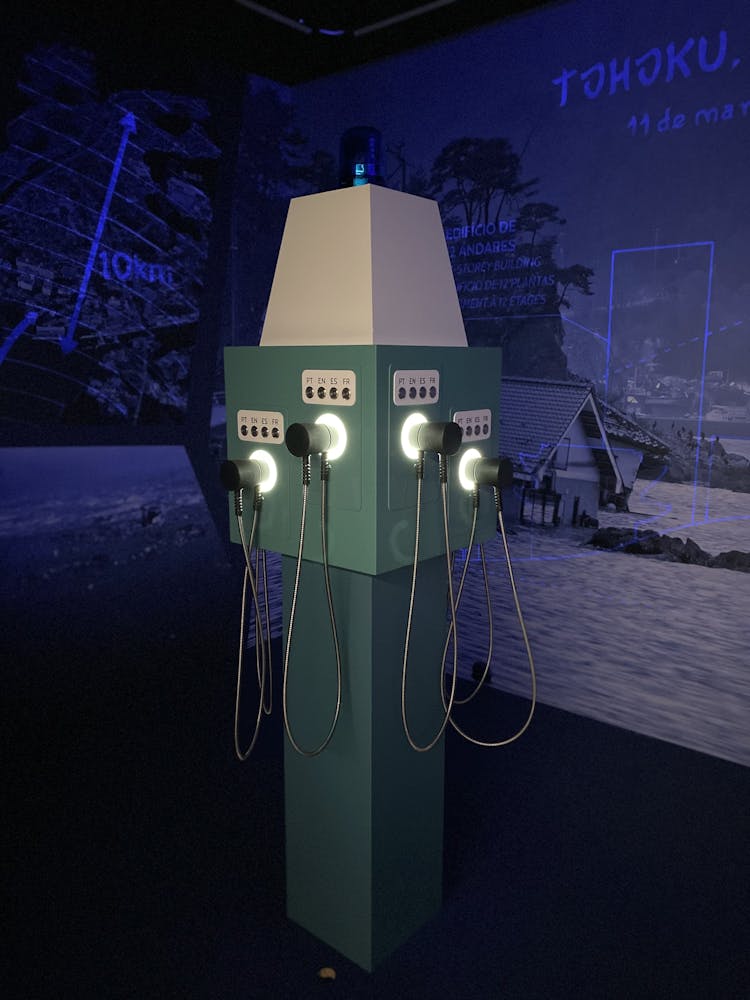
San Francisco and Tohoku

P&S Waves
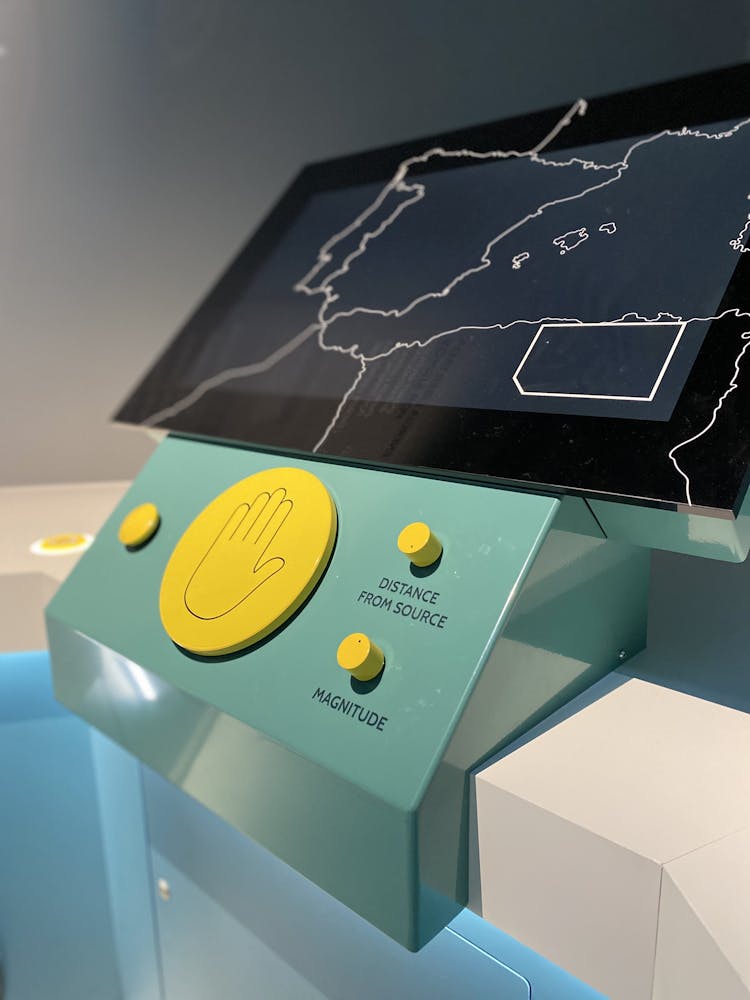
The Size of an Earthquake

Are we prepared for the next one?
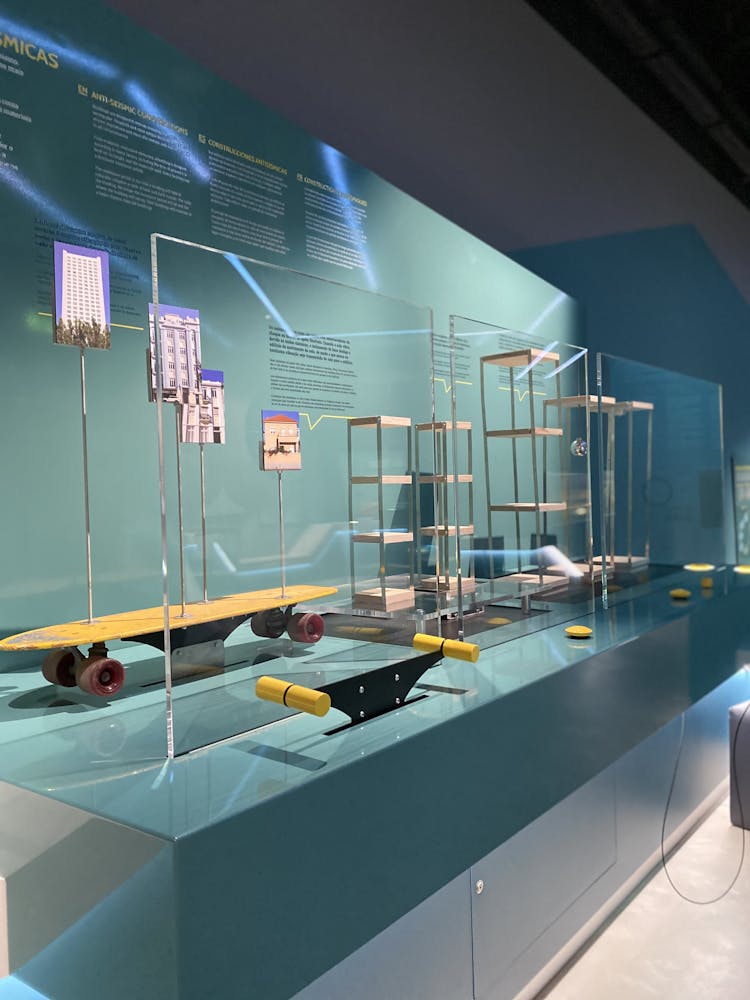
Anti Seismic Constructions
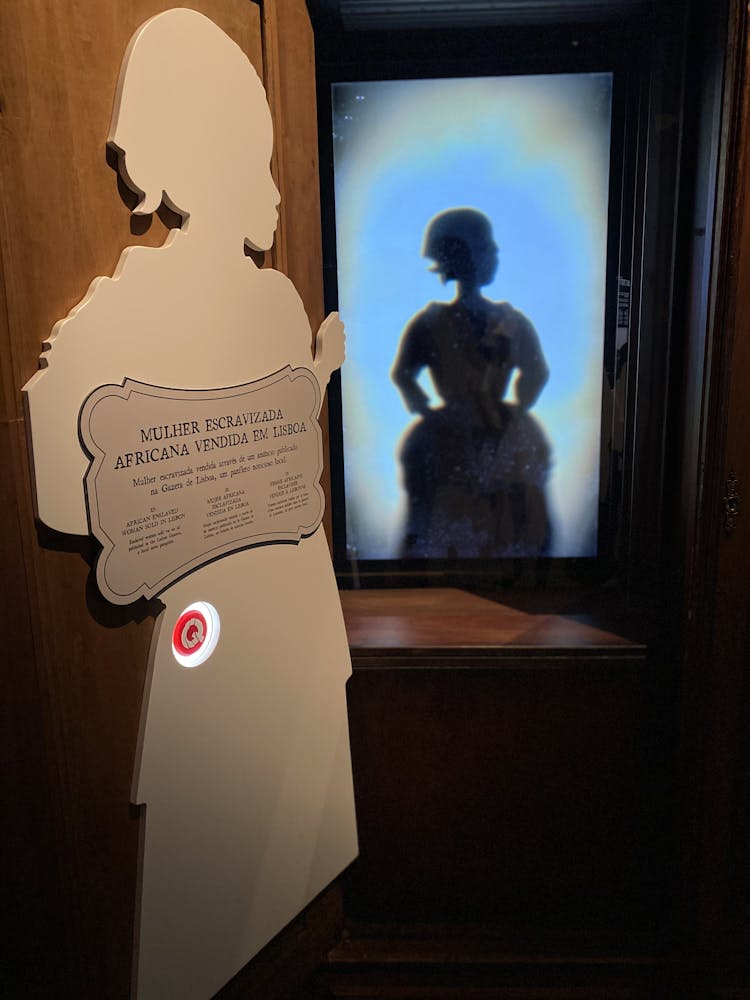
African enslaved woman bought in Lisbon
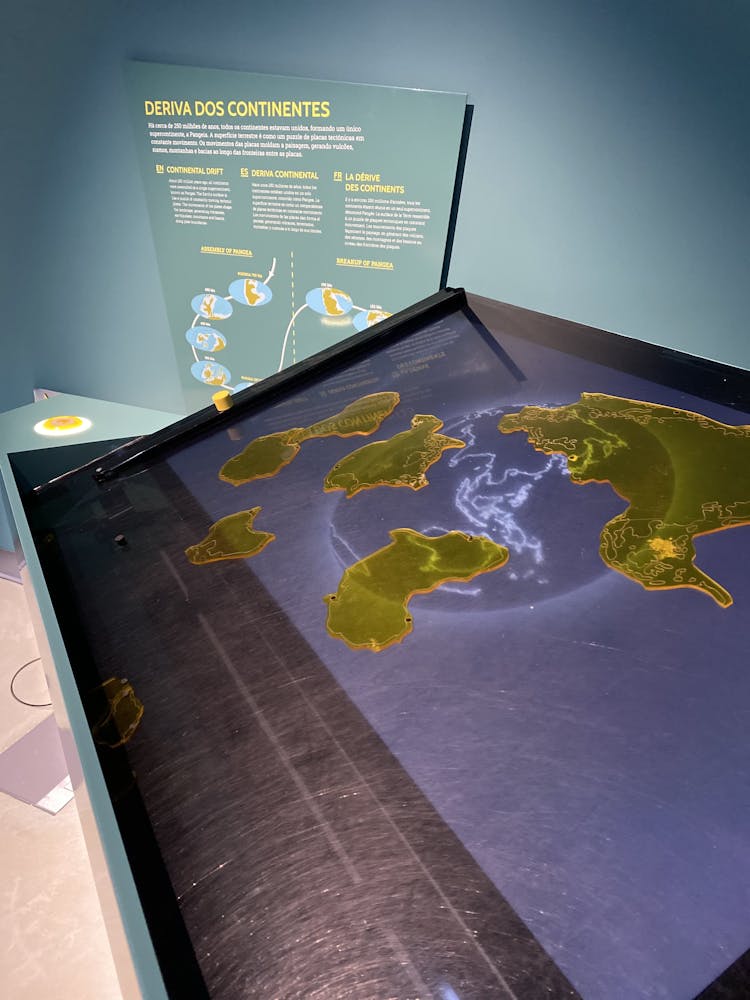
Continental Drift
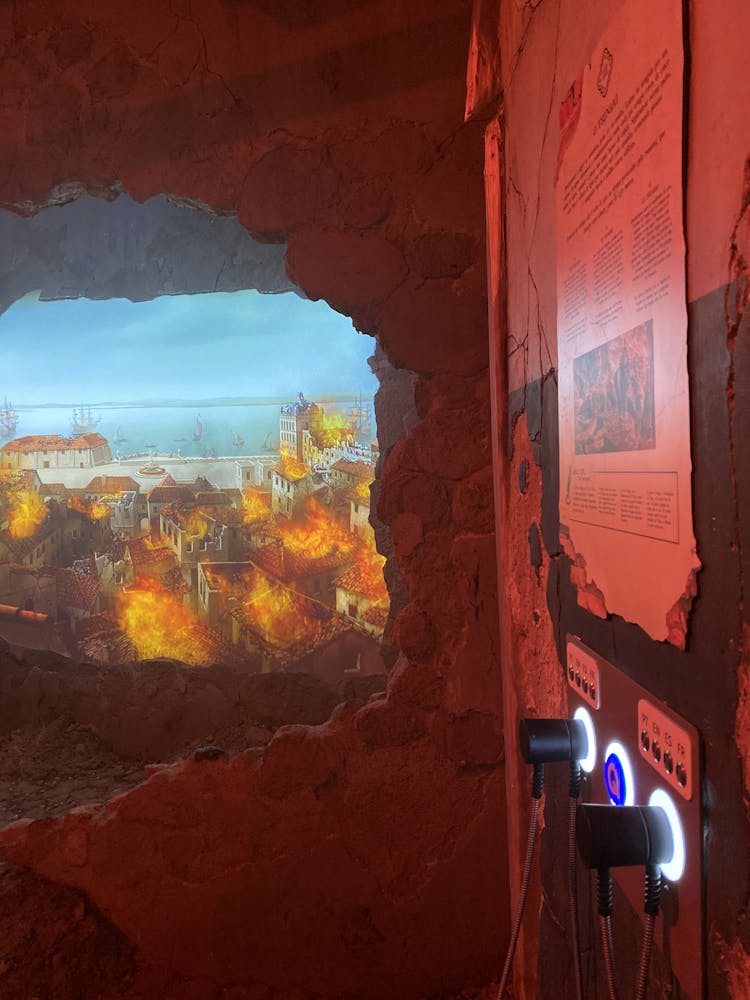
The Tsunami

Seismometer
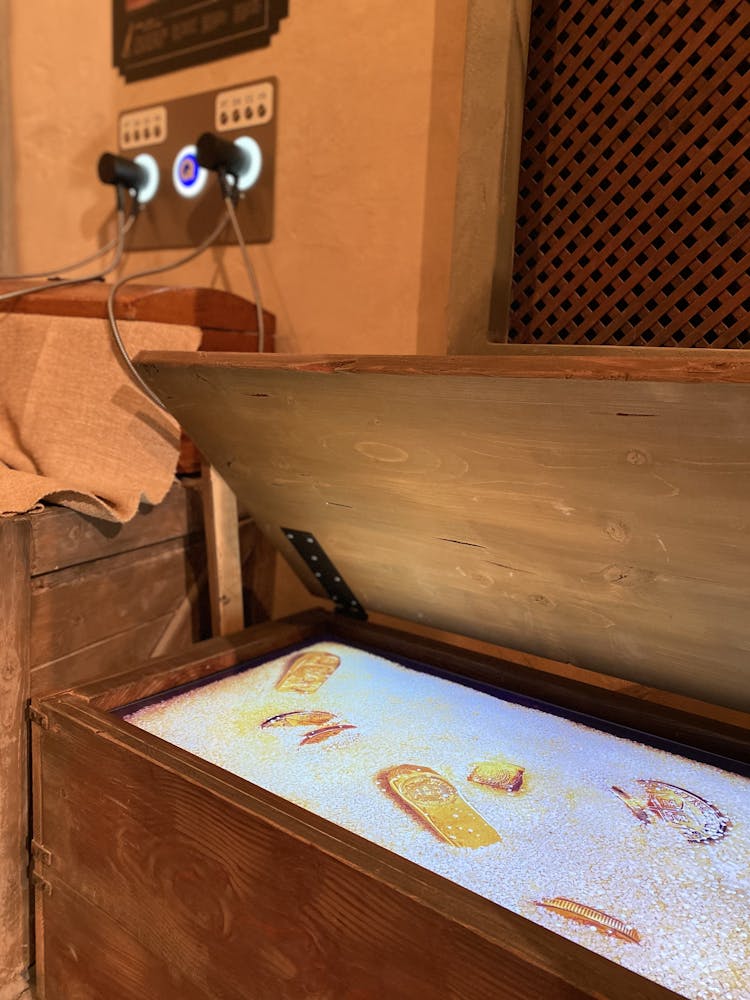
Richness of the city and gold smuggling
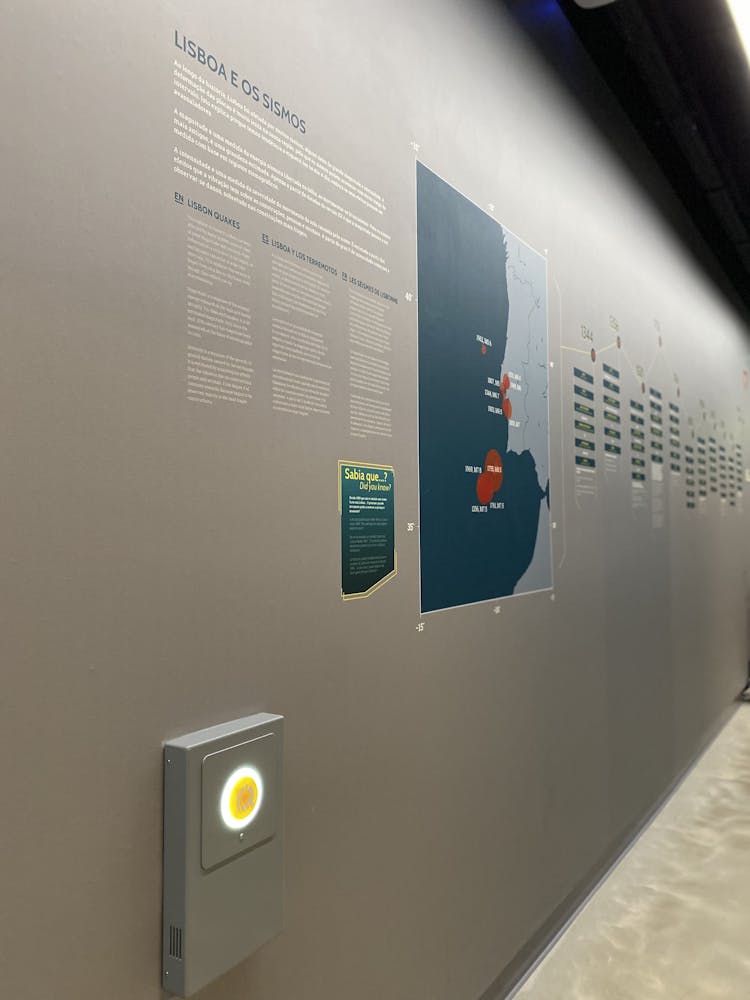
Portugal Tectonics and Lisbon Quakes

How the fires started and propagated
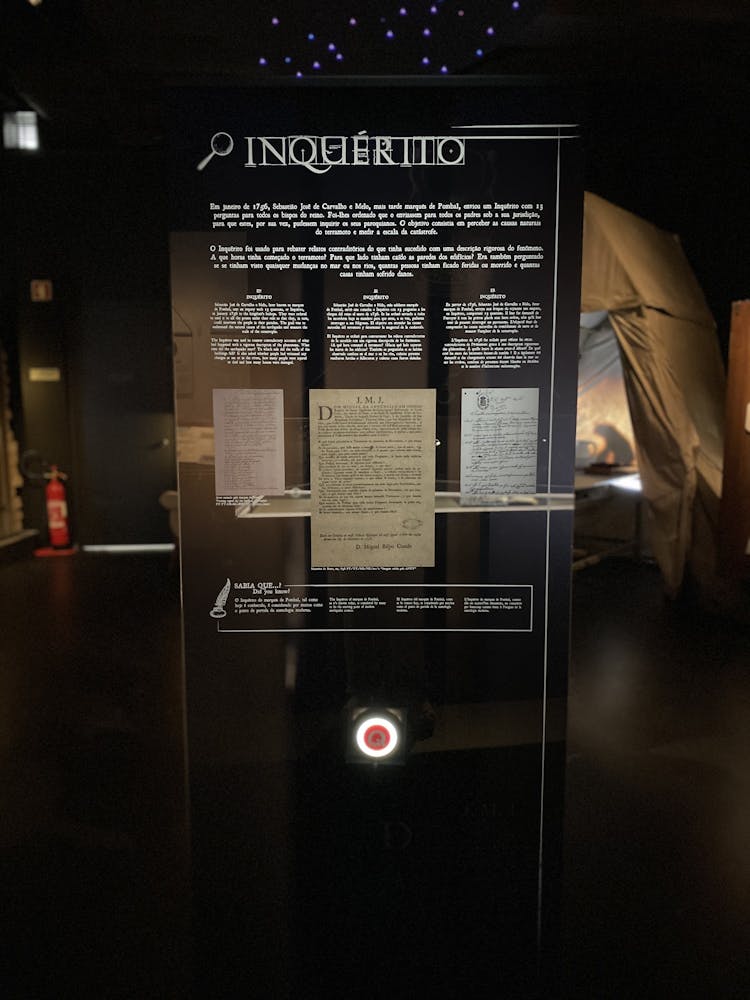
Inquérito
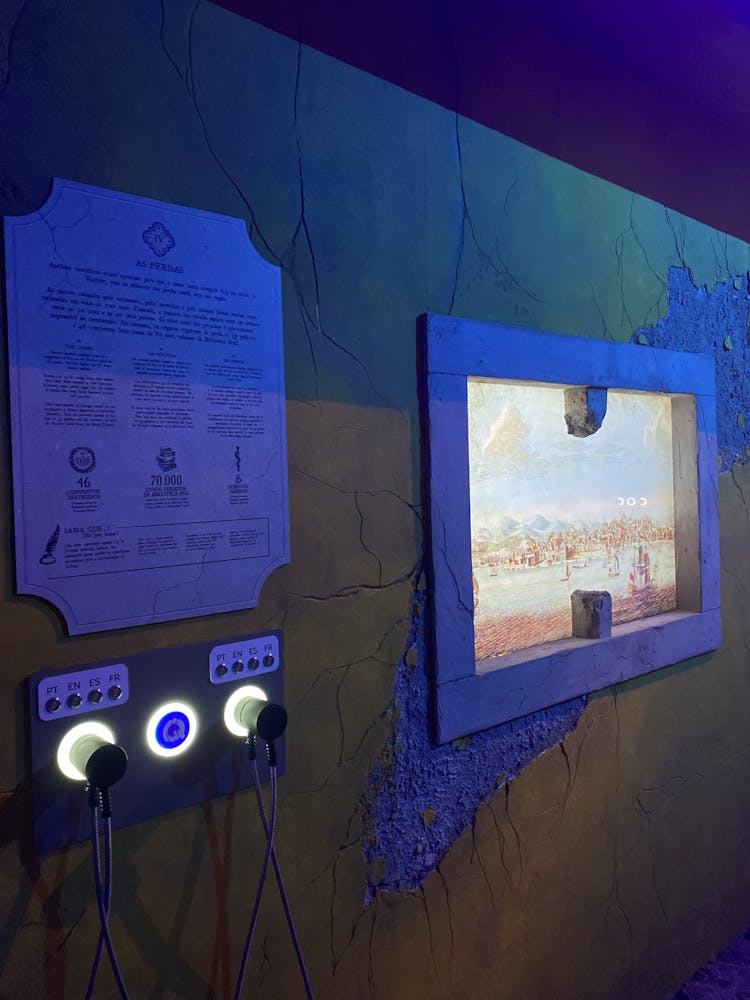
The losses
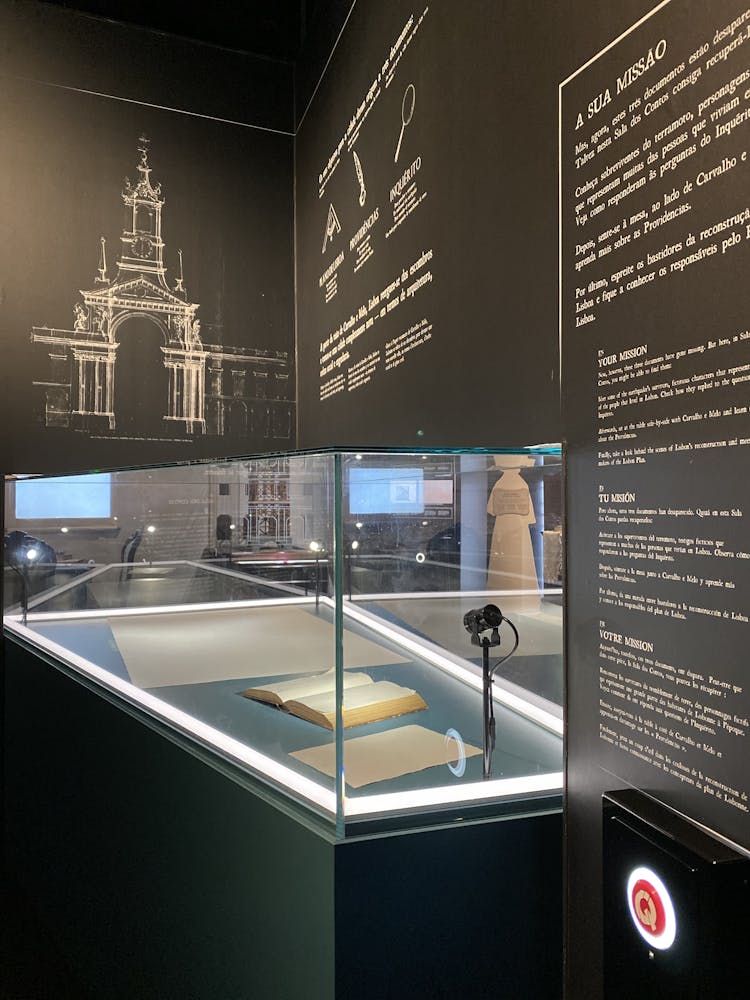
The three missing documents
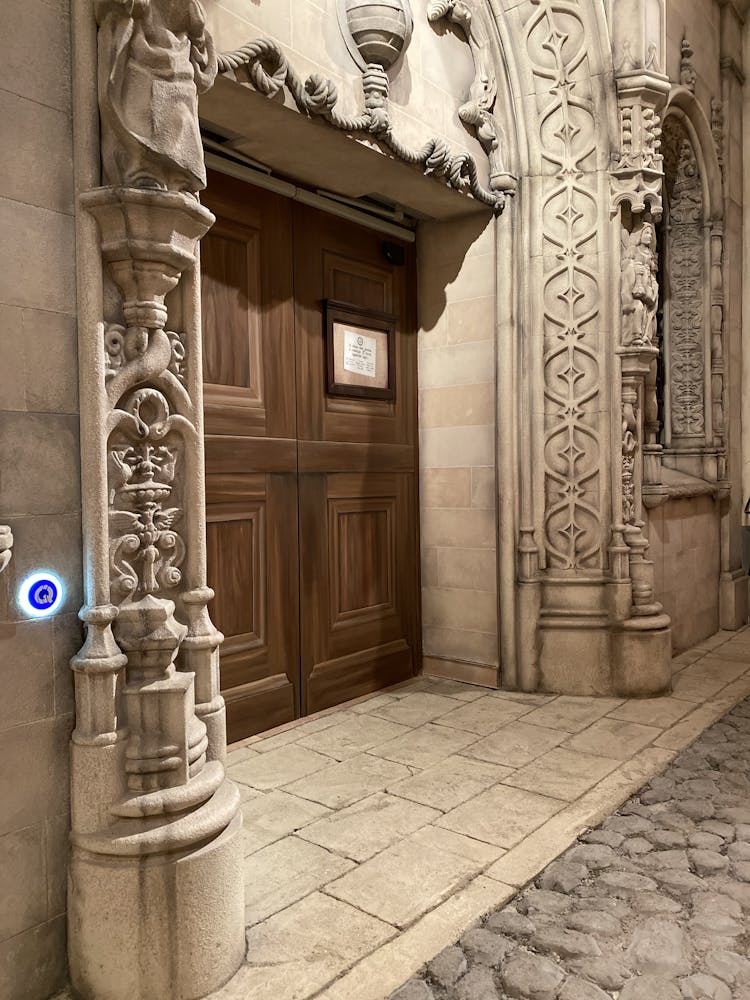
Traditional Rite Masses
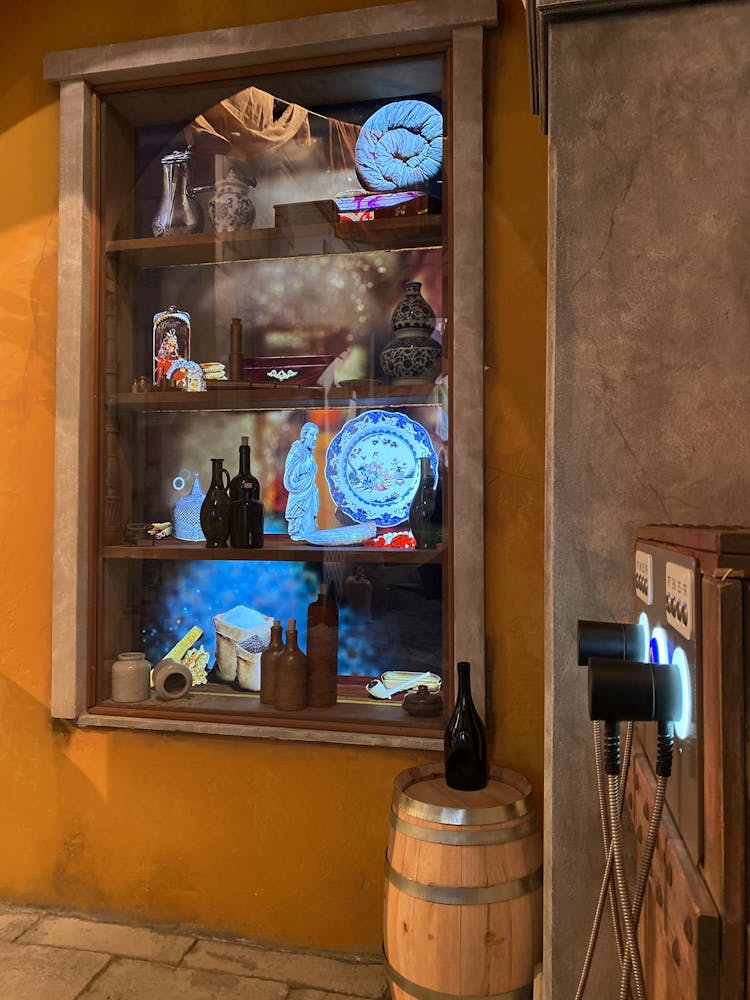
The connection with the colonized territories
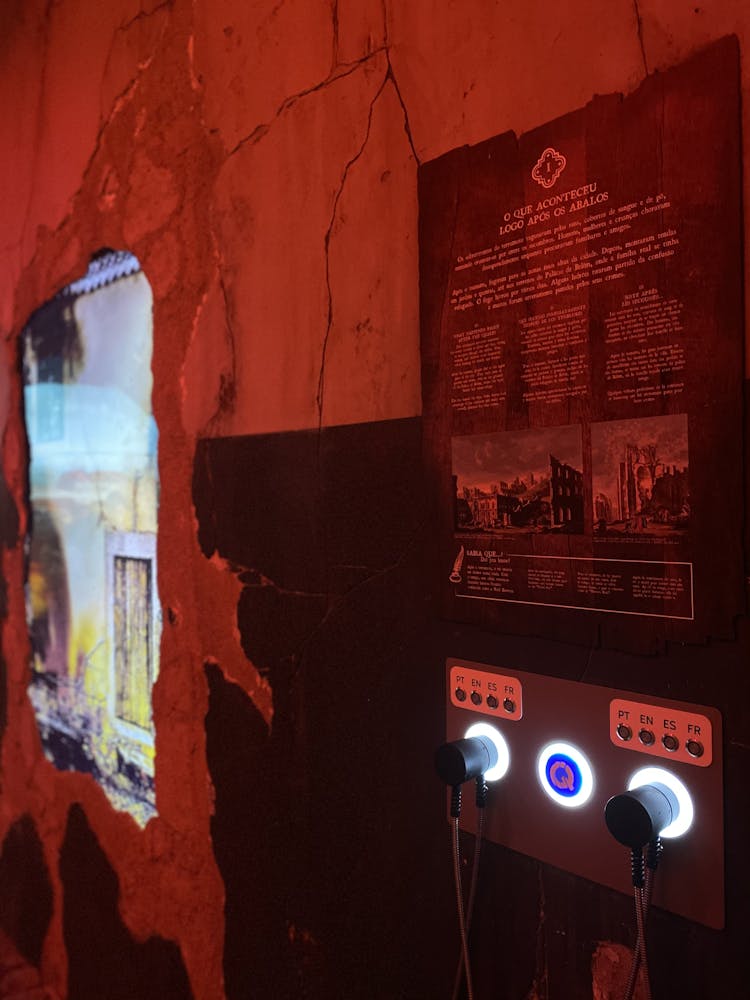
What happened right after the quakes
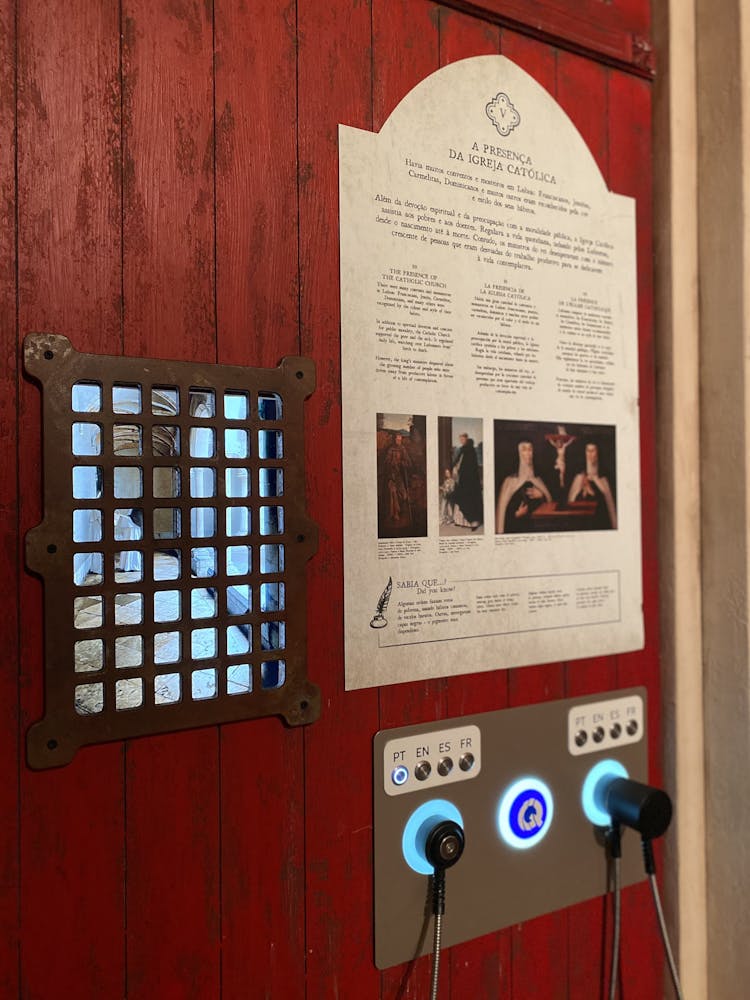
Presence of the Catholic Church

Related Effects

The King's Ministers

Earthquakes and Faults
